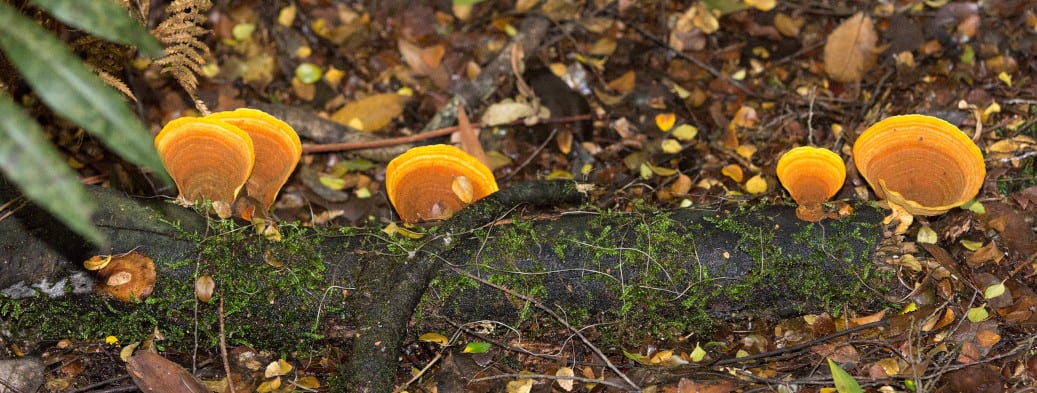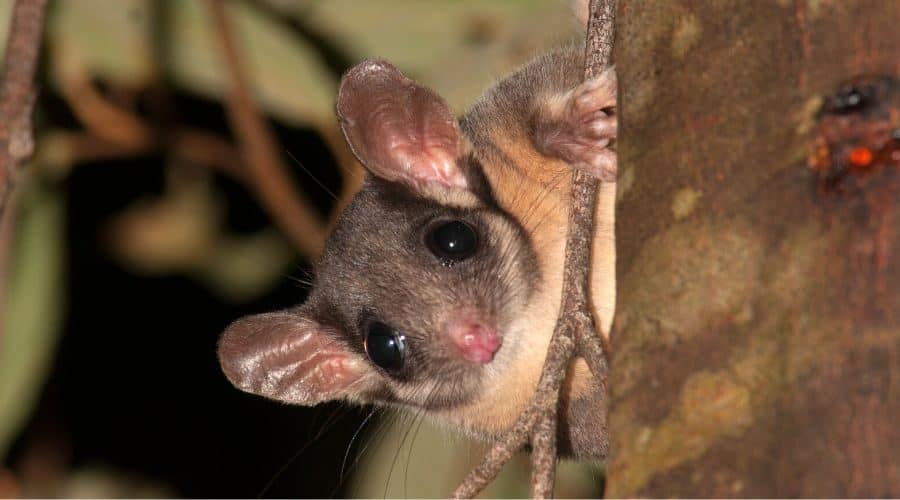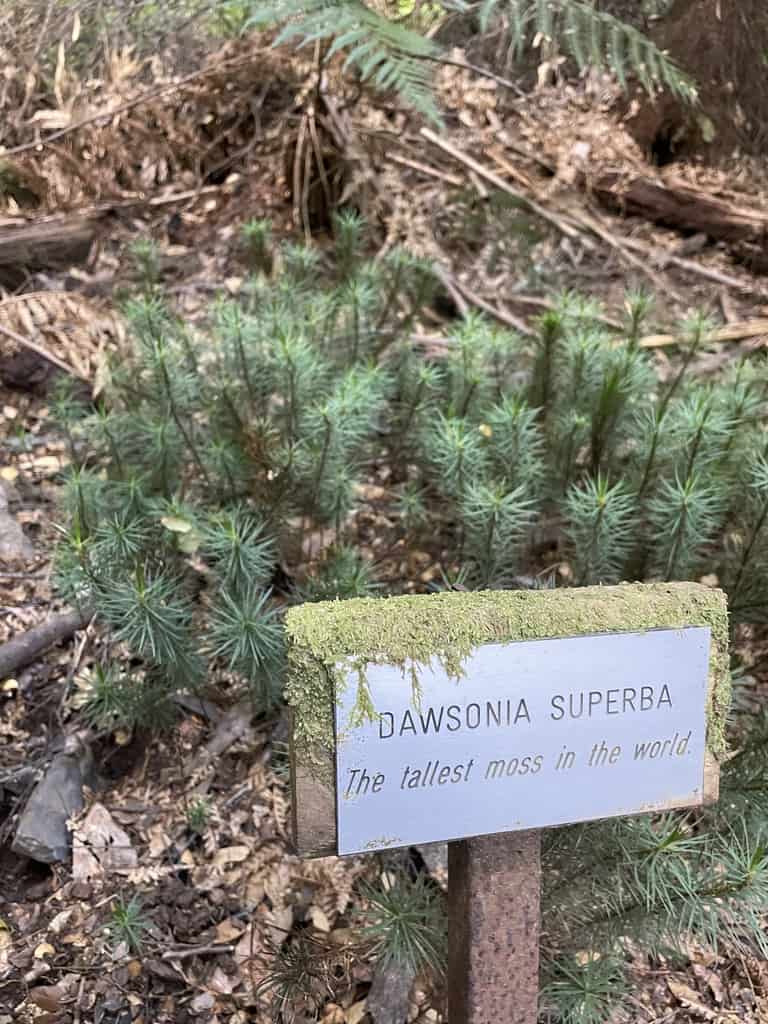Forest Transformations: Adaptations and Changes in the Forest
-
Forests
-
Long term environmental impacts
-
Plant and animal adaptations
-
Human Impacts



Program Overview
The constantly changing forests of Toolangi are home to rich ecosystems, amazing biodiversity and a bounty of resources. Explore the ways in which the plants and animals of the forest have adapted to their environment over time. Learn what makes these forests healthy, discuss the different ways that people have manipulated them over time, and evaluate the sustainability of present management choices. Teachers may choose an optional activity for students to complete introductory-level fieldwork sketching and data collection tasks as a part of the Victorian Geography curriculum.
Inclusions and Notes
Equipment supplied by Gould League: Safety helmets worn by all participants; worksheet and all tools required for fieldwork data collection.
Equipment needed: A chartered bus (which is required to remain with the group at all times). First aid kit, sunscreen, insect repellant and PPE including hand sanitiser to ensure a Covid safe excursion.
Student needs to bring: Their own water and lunch, sunscreen, a clipboard, pencil, and a copy of the Gould League worksheet (usually sent 14 days prior to excursion so copies can be made for students) to guide the forest investigation; bag to take away your rubbish.
Restrictions: This Gould League program is delivered in the Toolangi State Forest, in the North Central Fire District and does not operate on days with a Fire danger rating of Extreme and Catastrophic. On rare occasions, programs may be postponed due to extreme weather predictions involving wind/storms. In both cases, these programs will be rescheduled at the earliest convenience of both parties.
Programs however DO operate during wet/snowy weather. Please contact us to discuss the best timing to optimize your group’s experience and ensure suitable clothing and footwear for the conditions predicted. Plan for wet weather from April-October, and expect temperatures at least 5 degrees colder than suburban Melbourne.
Curriculum Links
GEOGRAPHY: Geographical Concepts and Skills – Data and Information
– Collect and record relevant geographical data and information from the field and secondary sources, using ethical protocols (VCGGC088)
– Represent the location of places and other types of geographical data and information in different forms including diagrams, field sketches and large-scale and small-scale maps that conform to cartographic conventions of border, scale, legend, title, north point and source; using digital and spatial technologies as appropriate (VCGGC089)
GEOGRAPHY: Geographical Knowledge – Factors that shape places and influence interconnections
– Influence of people, including the influence of Aboriginal and Torres Strait Islander peoples, on the environmental characteristics of Australian places (VCGGK094)Elaborations
- Identifying how Aboriginal and Torres Strait Islander communities altered the environment through their methods of land and resource management
- Exploring the extent of change in the local environment over time, through for example, vegetation clearance, fencing, urban development, drainage, irrigation, farming, forest plantations or mining
- Environmental and human influences on the location and characteristics of places and the management of spaces within them (VCGGK096) Elaborations
- Investigating the influence of landforms on the development of settlements that are involved in food and fibre production. For example, river valleys such as the Murray-Darling, Yellow (Huang He), Yangtze, Amazon, Mekong or Ganges
- Examining how the use of the space within their local place is organised through zoning
- Explaining why most Australians live close to the coast rather than in inland Australia
SCIENCE: Science Understanding – Biological Sciences
– Living things have structural features and adaptations that help them to survive in their environment (VCSSU074) Elaborations
- Explaining how particular adaptations aid survival, for example, nocturnal behaviour, silvery coloured leaves of dune plants
- Describing and listing adaptations of living things suited for particular Australian environments
- The growth and survival of living things are affected by the physical conditions of their environment (VCSSU075) Elaborations
- Observing the growth of fungi, for example, yeast and bread mould in different temperature conditions
- Investigating how changing the physical conditions for plants impacts on their growth and survival, for example, changing salt water concentrations, using fertilisers or transferring to a different soil type
The Victorian Curriculum F-10 content elements are © VCAA, reproduced by permission. Victorian Curriculum F-10 elements accurate at time of publication. The VCAA does not endorse or make any warranties regarding this resource. The Victorian Curriculum F-10 and related content can be accessed directly at the VCAA website.
